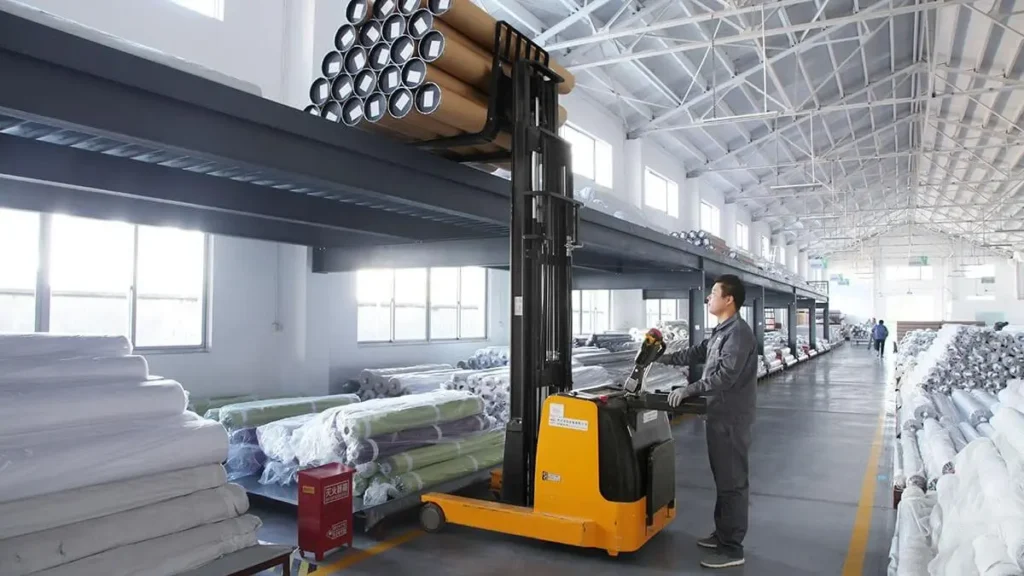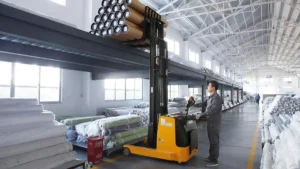Buying blinds in bulk for commercial projects can save money and make things easier. It ensures all your windows look the same and work well.
When you buy blinds in large numbers, you get lower prices and a consistent look for your entire building. This also makes managing your project simpler because you deal with one supplier for many items.
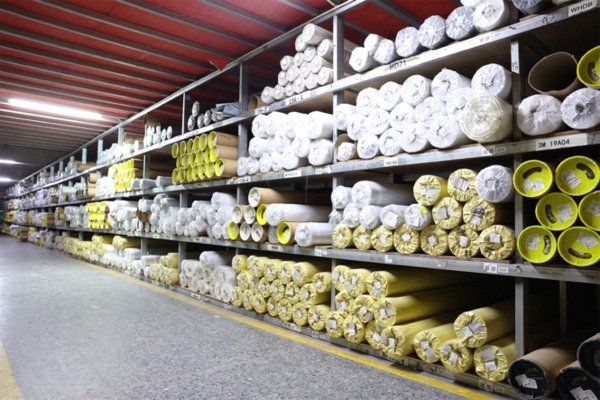
I have learned that smart sourcing is key to success in commercial projects. It means making good choices beyond just the price. Let us look at why buying blinds in bulk is a good move.
What are the primary benefits of purchasing blinds in large quantities for commercial use?
Are you wondering why buying many blinds at once is so good for business? It goes beyond just getting a discount.
When you buy blinds in bulk, you save money and make sure everything looks consistent. This also helps you manage your project more easily.
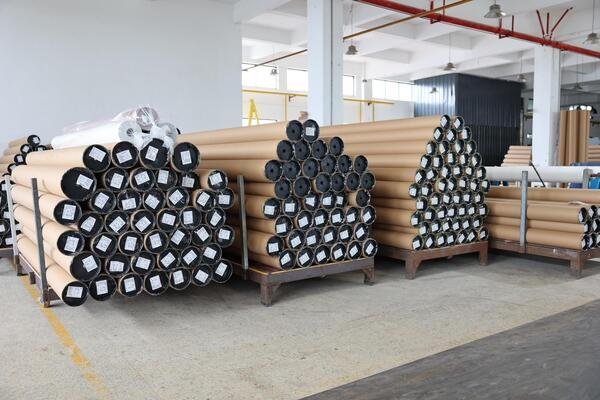
I have found several clear benefits from buying blinds in bulk for commercial projects. First, the most obvious benefit is cost savings. Suppliers offer better pricing when you commit to larger volumes. This reduces the per-unit cost significantly. For a large office building or hotel, these savings can add up to a lot of money. Second, you get design consistency. Every blind will look the same, ensuring a unified aesthetic throughout your property. This is crucial for brand image and overall appeal. Third, project management becomes simpler. Instead of coordinating with multiple vendors for different parts of a building, you work with one. This reduces paperwork and communication overhead. Fourth, timely delivery is often more reliable with bulk orders. Suppliers like Shadesmart prioritize these larger projects. They set up specific production and delivery schedules. This helps avoid delays that can hold up your entire construction or renovation timeline. Lastly, bulk orders often come with better warranty and support terms. This gives you peace of mind knowing you have solid backing for your investment.
| Benefit | Description | Impact on Project |
|---|---|---|
| Cost Savings | Reduced per-unit price due to volume discounts. | Lower overall project budget. |
| Design Consistency | Uniform look and feel across all windows. | Enhanced brand image and aesthetic appeal. |
| Simplified Project Mgmt. | Fewer vendors to manage, streamlined communication. | Reduced administrative burden, less stress. |
| Reliable Delivery | Prioritized production and scheduled shipments for large orders. | Fewer project delays, better timelines. |
| Enhanced Support | Better warranty terms and dedicated post-purchase service. | Long-term peace of mind, reduced risk. |
How do you ensure consistency and quality across a large-scale blind order?
Are you worried about every single blind looking and working perfectly in a big order? Keeping quality high across hundreds of units can seem hard.
To ensure consistency and quality, choose a supplier with strict manufacturing processes and good quality control checks. Request samples and clearly communicate your standards for every product.

Making sure every blind in a large order meets the same high standard is critical. I have learned to rely on a few key strategies. First, picking the right supplier is most important. I look for companies with a proven track record in manufacturing quality products for commercial use, like Shadesmart. They should have clear quality control procedures at every stage of production. This includes checking raw materials, during assembly, and before shipping. Second, I always get samples. This lets me see and touch the exact product I will be ordering. It confirms the material, color, and mechanism are what I expect. Third, I create detailed specifications. Every detail, from dimensions and fabric type to operating mechanism and mounting hardware, must be written down. This prevents misunderstandings. Fourth, I ask about their production process. A good supplier should be transparent about how they make their blinds. They should show how they maintain consistency across batches. This might involve using automated machinery or having skilled staff perform specific checks. Finally, I confirm their warranty policy. A strong warranty shows confidence in their product's quality and backs it up if issues arise.
| Strategy | Action | Outcome |
|---|---|---|
| Supplier Selection | Choose manufacturers with strict quality control and commercial experience. | Reliable product performance and durability. |
| Sample Approval | Review physical samples to verify material, color, and function. | Confirms expectations and prevents surprises in bulk deliveries. |
| Detailed Specifications | Provide comprehensive written requirements for all product features. | Eliminates ambiguity and ensures precise manufacturing. |
| Production Transparency | Understand the supplier's manufacturing and quality assurance processes. | Builds trust and confirms consistent quality across batches. |
| Warranty Confirmation | Review and agree upon warranty terms for the bulk order. | Protects investment and ensures support for any quality issues. |
What logistical challenges should be anticipated when buying blinds in bulk, and how can they be mitigated?
Are you wondering about the problems that come with moving hundreds or thousands of blinds? Handling large deliveries can be a big headache if not planned well.
When buying blinds in bulk, expect challenges like storage, complex delivery schedules, and potential damage during transit. Tackle these by working with a supplier who offers staggered deliveries, careful packaging, and clear communication.

Managing the logistics of a large blind order can be as complex as the manufacturing itself. I have faced several challenges. The first is storage. Few project sites have enough space to store hundreds or thousands of blinds at once. This can lead to damage or misplaced items. To fix this, I look for suppliers who offer phased or staggered deliveries. This means blinds arrive only when needed for installation in specific areas. Second, coordinating delivery to multiple locations or floors within a large building can be tricky. You need clear labeling and precise scheduling. I work with suppliers who label each box with the exact room or section it belongs to. This makes distribution on-site much easier. Third, transit damage is always a risk with large, often delicate items. I ensure my supplier uses robust packaging materials and methods. I also confirm their insurance policies for goods in transit. Fourth, unexpected delays can upset installation schedules. I always build a buffer into my timelines. I also choose suppliers who provide real-time tracking and dedicated logistics support. This helps me react quickly to any issues. Clear communication with the supplier about delivery expectations from the start avoids many problems.
| Challenge | Mitigation Strategy | Benefit |
|---|---|---|
| On-site Storage | Request staggered or phased deliveries from the supplier. | Reduces need for large temporary storage, prevents damage and loss. |
| Multi-Location Delivery | Ensure detailed labeling by room/section for each box. | Streamlines on-site distribution, saves installation time. |
| Transit Damage | Verify robust packaging standards and supplier's transit insurance. | Protects products during shipping, reduces replacement costs. |
| Delivery Delays | Build timeline buffers and choose suppliers with real-time tracking/logistics support. | Allows flexibility in schedule, enables quick response to issues. |
| Communication Gaps | Establish clear delivery expectations and communication protocols beforehand. | Avoids misunderstandings and ensures smooth coordination. |
How can a B2B supplier add value beyond just competitive pricing for bulk orders?
Do you believe a supplier's value only comes from the lowest price for big orders? Getting a good deal is great, but true help goes much further.
A valuable B2B supplier offers more than low prices; they provide expert consultation, dedicated account management, reliable post-sales support, and robust logistical solutions. This helps you save time and reduce project risks.
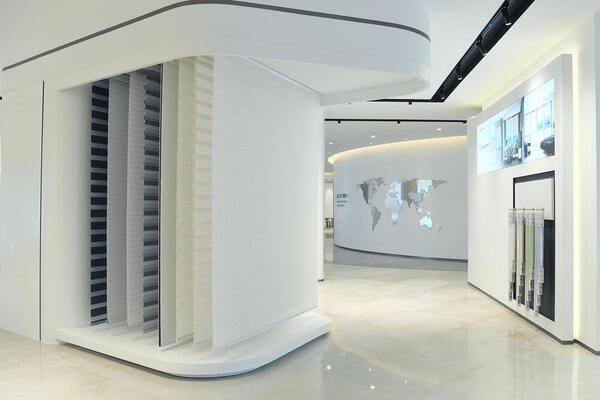
I have learned that a truly great B2B supplier for bulk blinds offers much more than just a good price. While competitive pricing is important, the added value they bring can make all the difference in a large commercial project. First, expert consultation is invaluable. A good supplier has deep product knowledge. They can advise on the best blind types, materials, and operating systems for specific project needs. This includes considerations for energy efficiency, durability, and building codes. For example, Shadesmart can guide on smart systems integration. Second, dedicated account management ensures a single point of contact. This person understands my project's specifics and can quickly address questions or issues. This saves me time and reduces miscommunication. Third, reliable post-sales support is crucial. This includes warranty services, maintenance advice, and easy access to spare parts if needed. Knowing I have long-term backing gives me peace of mind. Fourth, comprehensive logistical support, as discussed before, is key. This means offering flexible delivery options, careful packaging, and tracking. Lastly, customization capabilities, which we will discuss next, are a significant value add. A supplier who can truly tailor solutions to unique project requirements sets themselves apart.
| Value-Add Service | Description | Impact on Project |
|---|---|---|
| Expert Consultation | Advice on product selection, materials, and smart integration. | Optimizes product performance and suitability. |
| Dedicated Account Mgr. | Single point of contact for all project needs and inquiries. | Streamlined communication, efficient problem-solving. |
| Post-Sales Support | Warranty services, maintenance guidance, and spare parts availability. | Ensures long-term product satisfaction and operational continuity. |
| Logistical Support | Flexible delivery, careful packaging, and real-time tracking. | Reduces logistical headaches, protects products. |
| Customization Options | Ability to tailor blinds to specific sizes, colors, and functionalities. | Meets unique design and functional requirements. |
What customization options are critical for diverse commercial bulk blind requirements?
Are you wondering how to get blinds that perfectly fit every unique window in your commercial building? Not all windows are the same size or need the same features.
Critical customization options for bulk blinds include precise sizing, a wide array of fabric choices (for light control and aesthetics), various operating mechanisms (manual, motorized, smart), and specific mounting hardware. A good supplier offers all these to match diverse project needs.
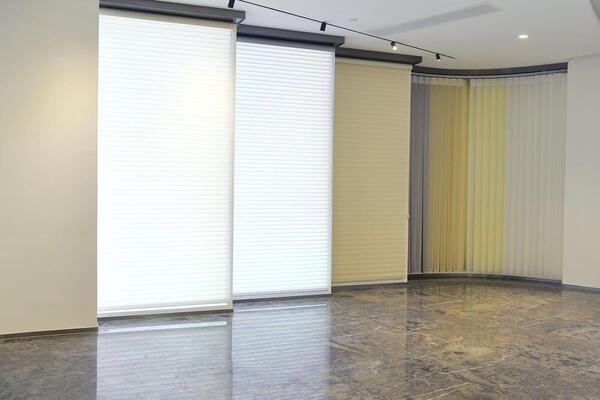
Commercial projects often have diverse needs, meaning "one size fits all" blinds rarely work. I have found certain customization options to be essential for bulk orders. First, precise sizing is non-negotiable. Windows come in countless shapes and dimensions. Each blind must be custom-cut to fit perfectly. This prevents light gaps and ensures a clean look. Second, a wide range of fabric and material choices is critical. Different areas of a building need different levels of light control, privacy, and insulation. For example, offices might need glare reduction, while hotel rooms need blackout capabilities. Materials must also be durable and easy to clean. Third, operating mechanisms vary greatly. Some areas might require simple manual chains, while others benefit from motorized systems for ease of use or accessibility. Integration with smart home systems is also a growing demand for modern commercial spaces. Shadesmart excels here, offering seamless integration. Fourth, specific mounting hardware is important. Depending on the window frame and wall type, different brackets or installation methods might be needed. Finally, aesthetic finishes and colors must match the interior design scheme. A supplier who offers a broad palette of options allows for creative freedom while maintaining brand consistency.
| Customization Option | Description | Why It's Critical |
|---|---|---|
| Precise Sizing | Exact measurements for width and height to fit any window opening. | Prevents light leakage, ensures aesthetic appeal, and proper function. |
| Fabric/Material Range | Options for blackout, light filtering, sunscreen, and insulation. | Controls light, privacy, energy efficiency, and matches design needs of each space. |
| Operating Mechanisms | Manual (chain/cord), motorized (remote, wall switch), smart home integration. | Offers convenience, accessibility, and modern control options for different users. |
| Mounting Hardware | Variety of brackets and installation methods for diverse window frames and walls. | Ensures secure and appropriate installation for various architectural designs. |
| Aesthetic Finishes | Multiple color, texture, and valance/fascia options. | Harmonizes with interior décor, enhances overall design, and brand consistency. |
Conclusion
Buying blinds in bulk for commercial projects offers significant advantages in cost, consistency, and project management. Partnering with a comprehensive supplier like Shadesmart ensures quality, mitigates logistical hurdles, and adds value through expert support and essential customization.
